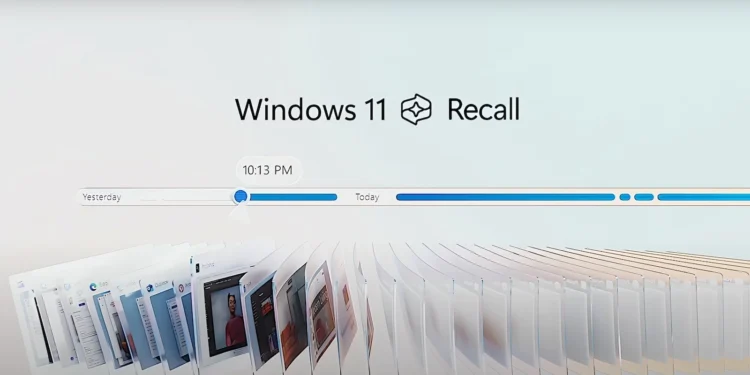In a significant overhaul, Microsoft has reintroduced its Windows Recall feature, now fortified with state-of-the-art security protocols including proof-of-presence encryption and enhanced data privacy controls. This strategic update follows a brief discontinuation of the feature after facing intense scrutiny over privacy concerns from the tech community and general users.
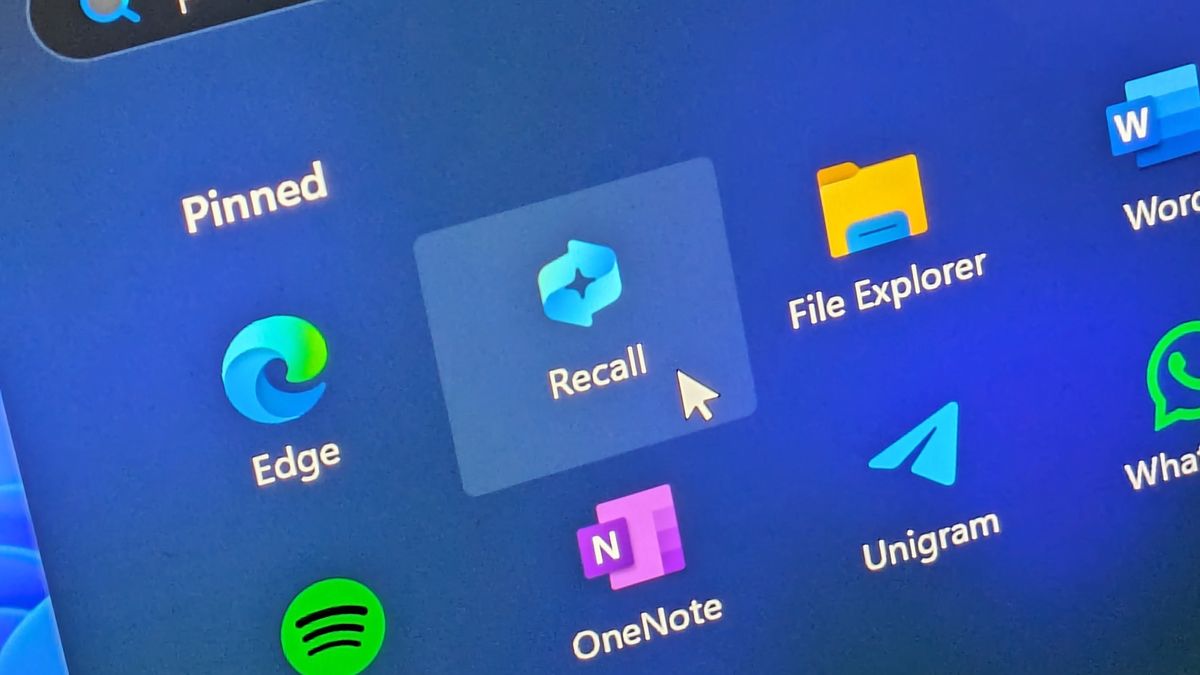
A Fresh Start with Robust Security Enhancements
Three months following the suspension of Windows Recall, Microsoft has announced a comprehensive restructuring of the feature’s security architecture. The newly implemented proof-of-presence encryption, stringent anti-tampering measures, and data loss prevention (DLP) checks aim to solidify the trust of users by prioritizing data security and user privacy. “The redesign of Windows Recall’s security model significantly reduces the attack surface on Copilot+ PCs, minimizing the risk of malware attacks targeting the screenshot data store,” explained David Weston, Microsoft’s vice president. He emphasized the extent of the changes, stating, “We’ve never built anything on the client side this significant. It’s now fully encrypted and tied to the user’s physical presence.”
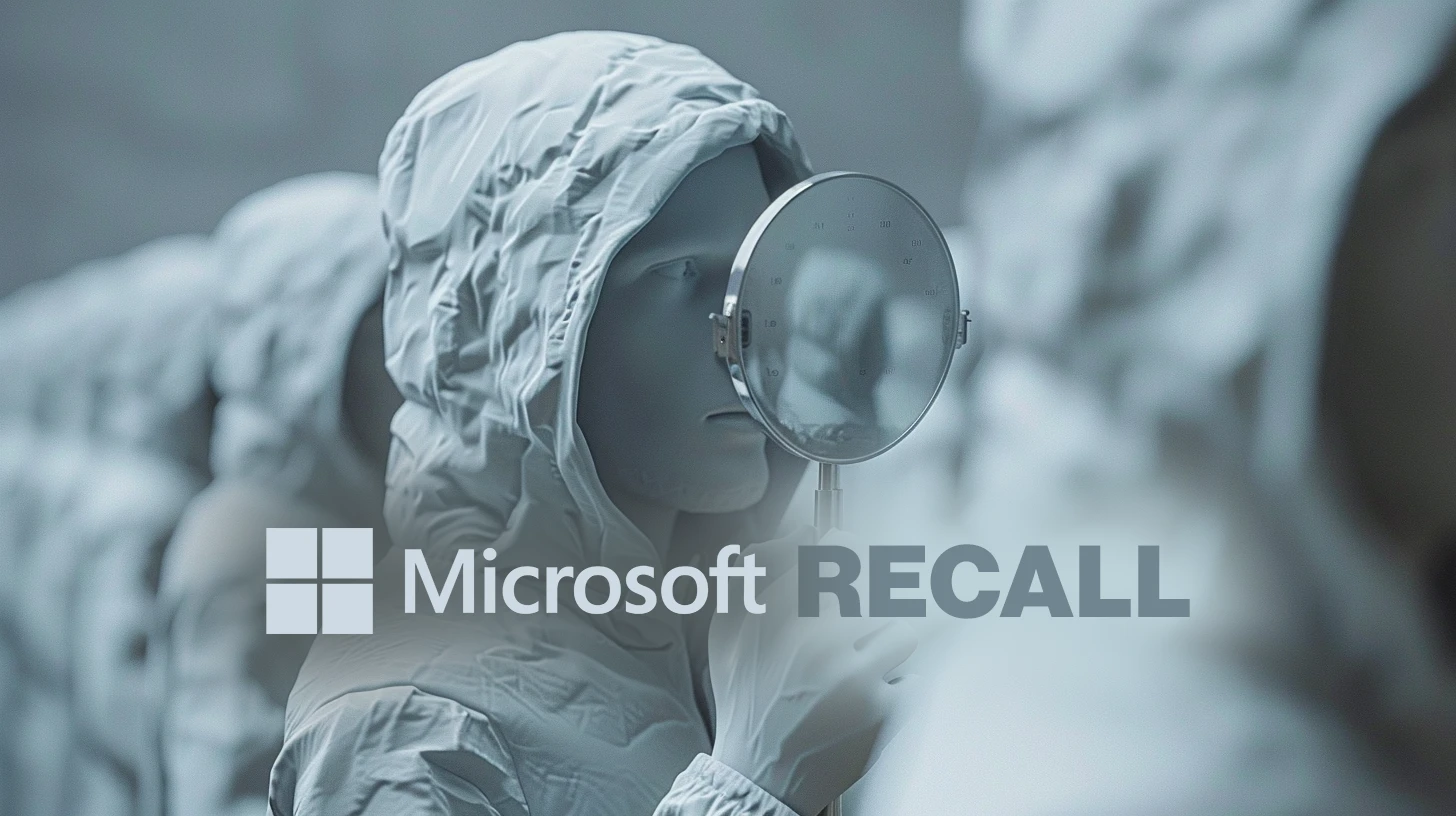
Opt-in Experience and Enhanced User Control
Highlighting user sovereignty over their digital environment, Weston revealed that Windows Recall will be an opt-in feature. “If a user doesn’t proactively choose to turn it on, it will remain off, and no snapshots will be taken or saved,” he noted. This approach ensures that users have complete control over whether or not to activate this feature. Further discussing the security measures, Weston shared, “Snapshots and any associated information in the vector database are always encrypted with keys protected by the TPM (Trusted Platform Module), tied to a user’s Windows Hello Enhanced-Sign-in Security identity.”
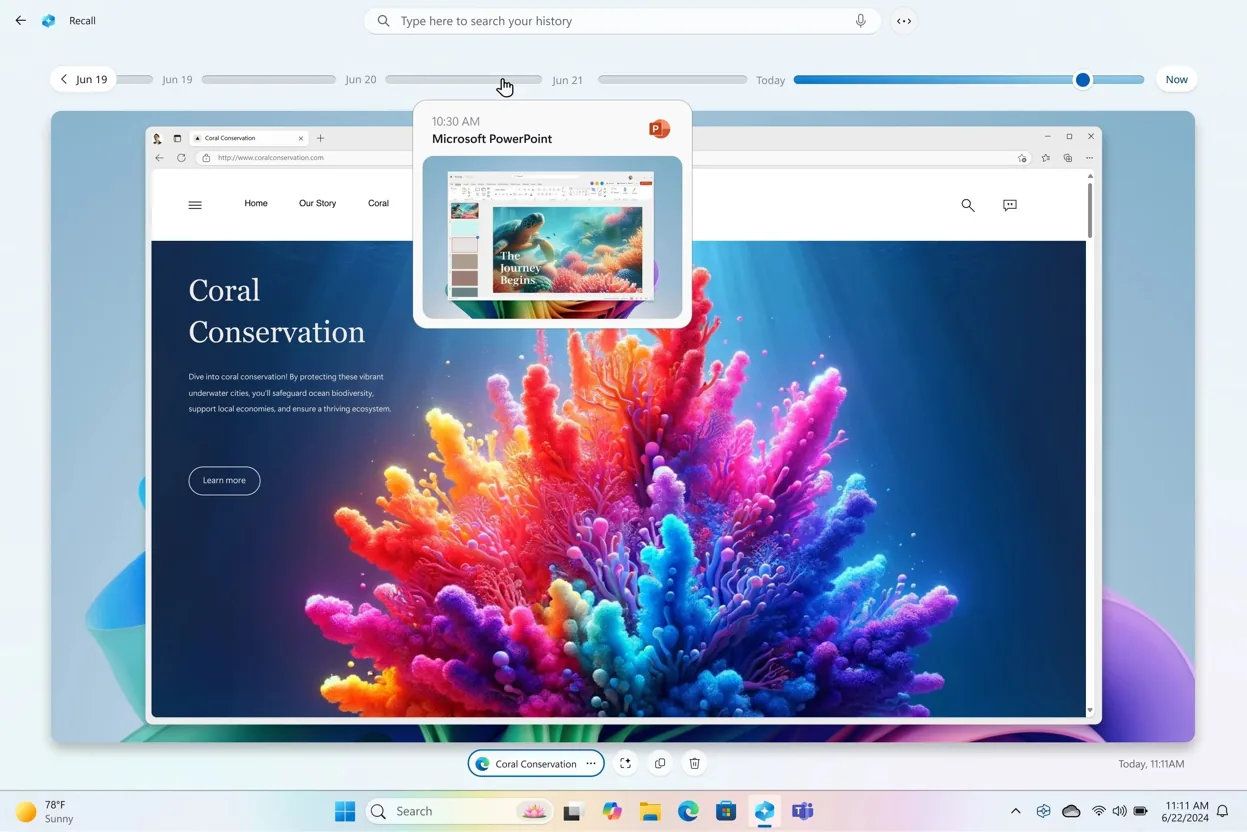
Virtualization-Based Security for Data Isolation
One of the critical aspects of the revised Windows Recall is its operation within secure Virtualization-Based Security (VBS) enclaves. This setup ensures that sensitive data, such as snapshots and extracted text, remains isolated, thereby preventing any unauthorized external access. “You have to have proof of presence to turn it on, and it ensures no information leaves the enclave unless actively requested by the user,” Weston added. The access to Recall’s settings or its user interface is controlled by Windows Hello Enhanced Sign-in Security, requiring user presence verification via camera or fingerprint sensor. This design is geared towards protecting against unauthorized access through various security measures, including rate-limiting and anti-hammering.
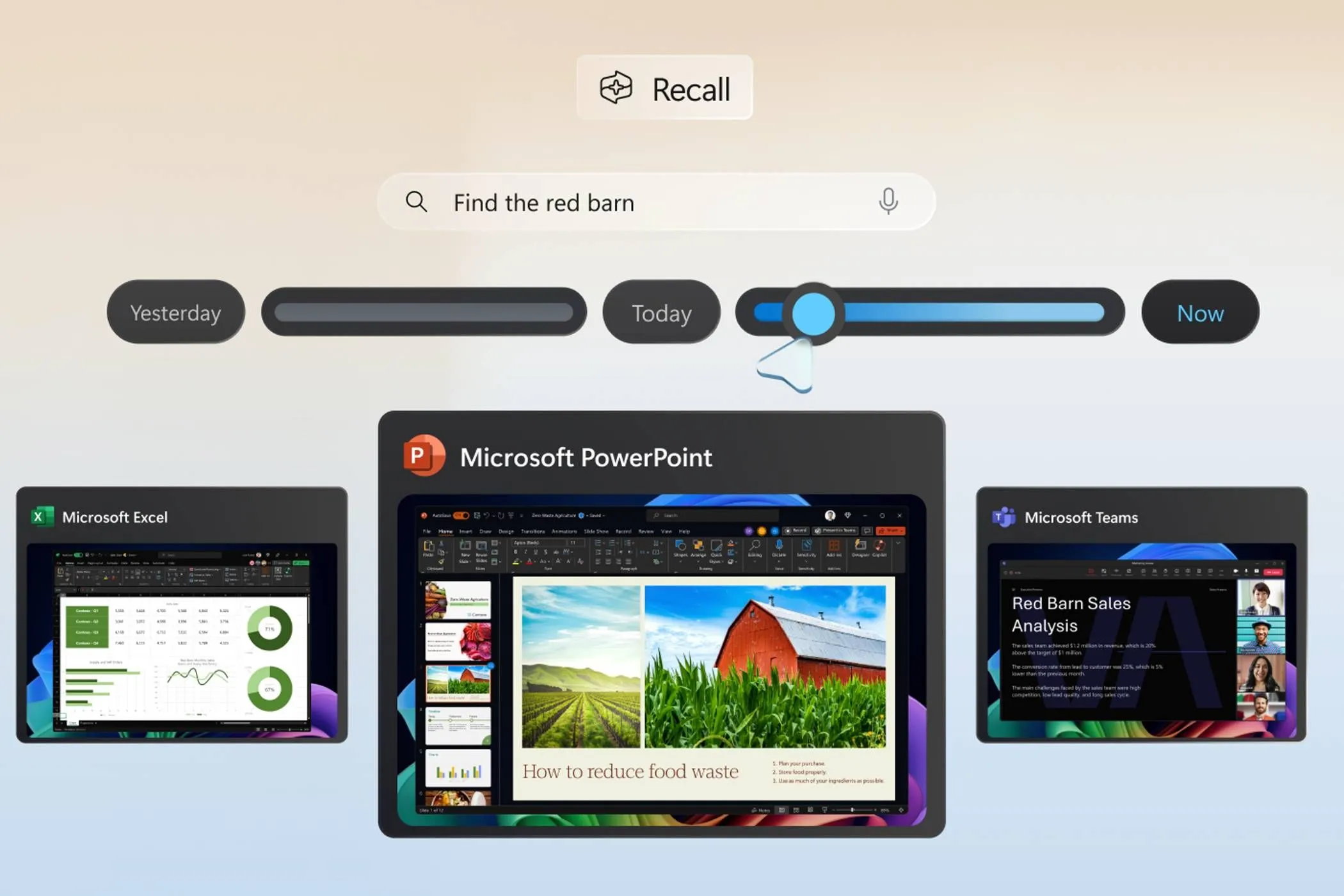
Advanced Features for Privacy-Conscious Users
Microsoft has also incorporated features that allow users to manage the longevity of the stored data and the amount of disk space allocated to snapshots. Importantly, the system is engineered to never save data from in-private browsing sessions, and users can filter out specific apps or websites viewed in supported browsers. Moreover, DLP technology from Microsoft Purview runs in the background to block sensitive information like passwords and credit card numbers from being stored. In cases where users discover unintended saved content, options are readily available to delete data from specific time ranges or clear all stored information.
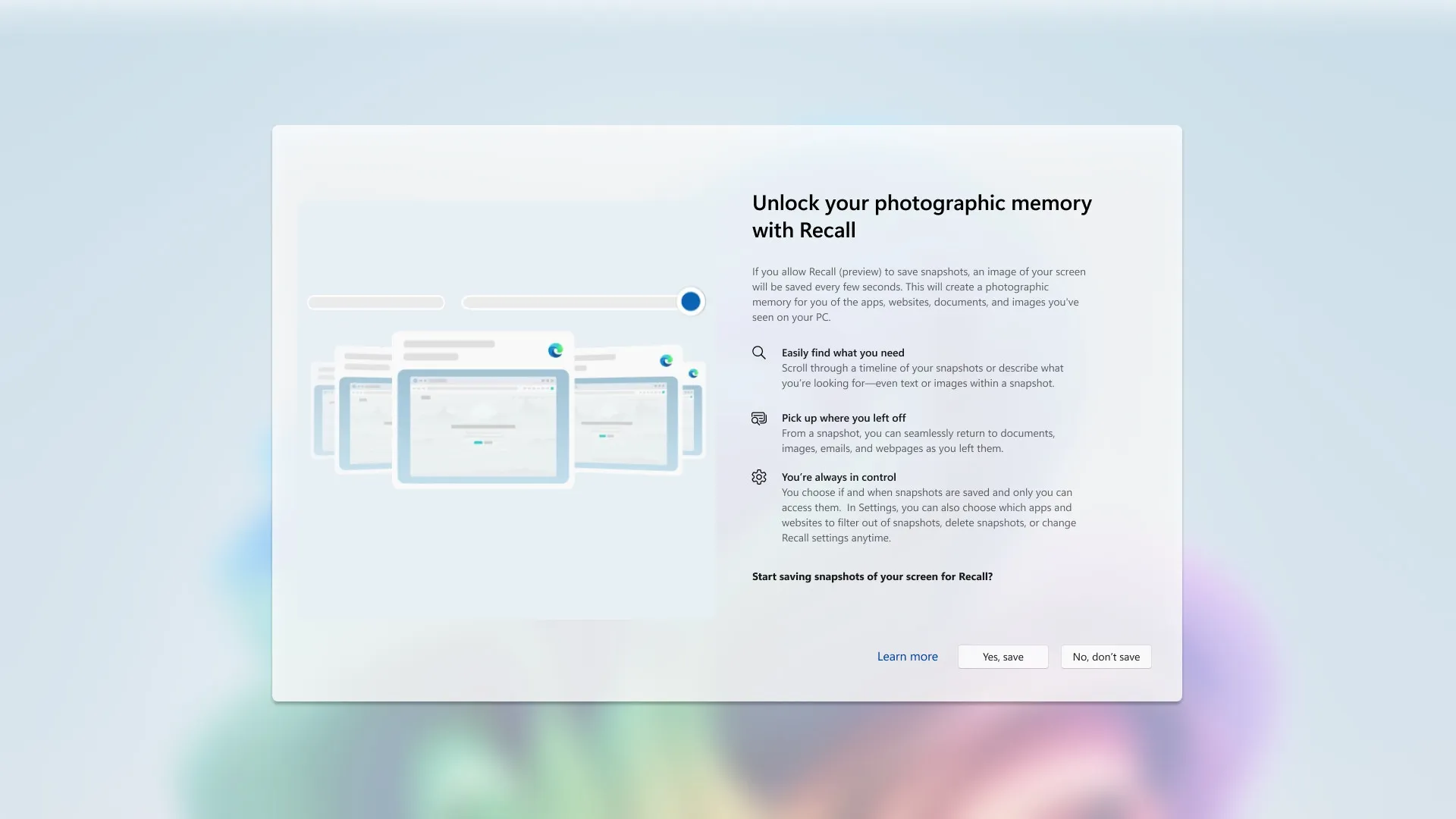
The re-launch of Windows Recall underscores Microsoft’s commitment to user privacy and robust security. By providing enhanced control over data and stringent security measures, Microsoft aims to restore confidence in this innovative feature, making it a practical tool for users while safeguarding their digital interactions. This development not only addresses previous concerns but also sets a new standard for privacy and security in personal computing.

